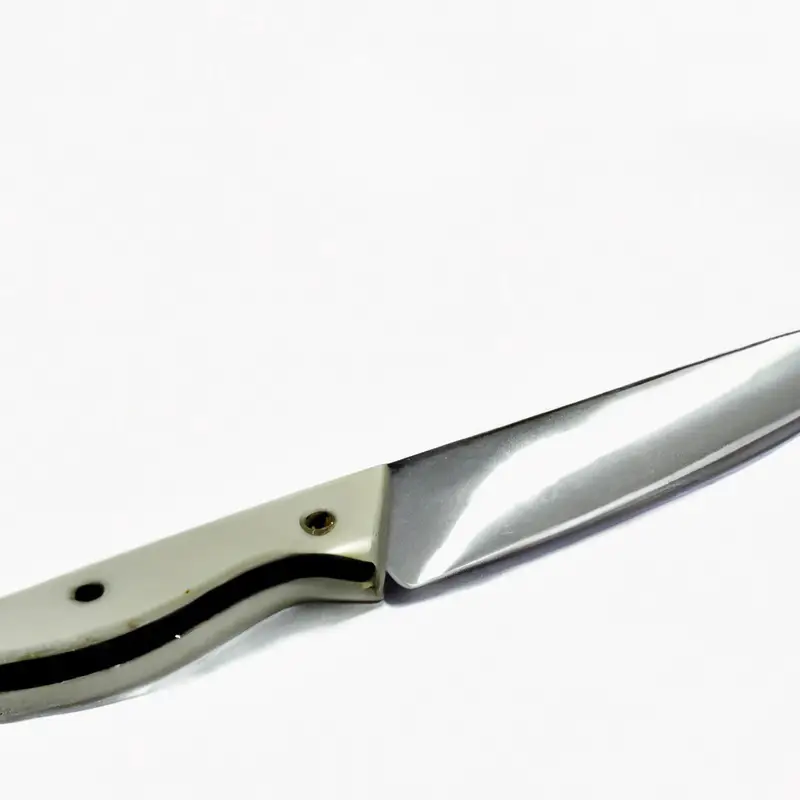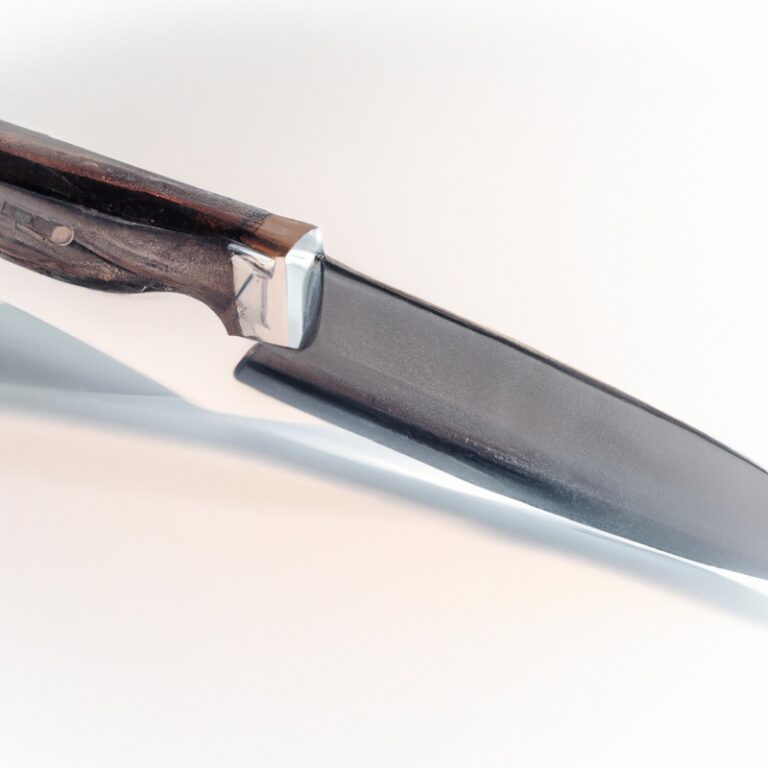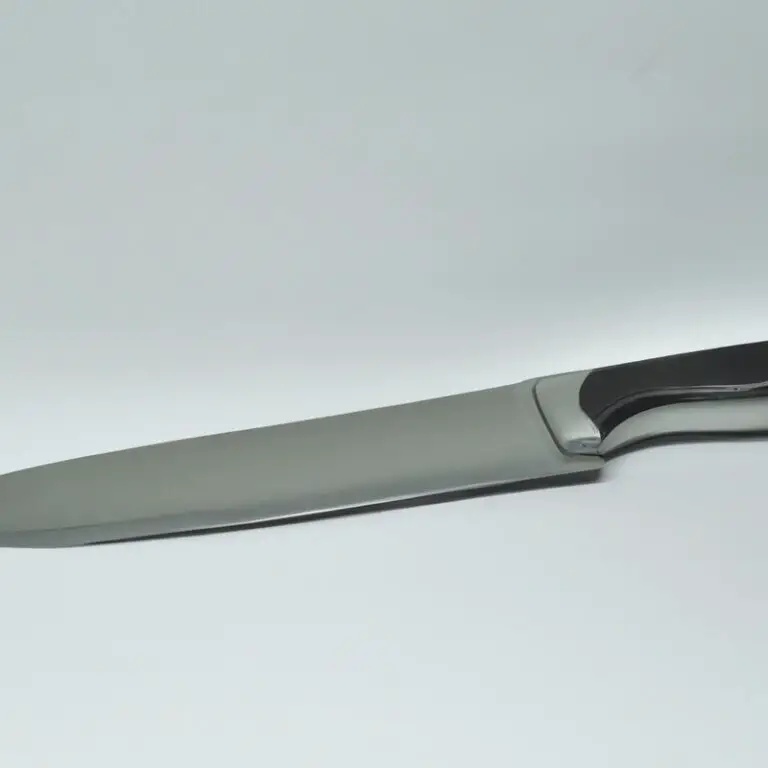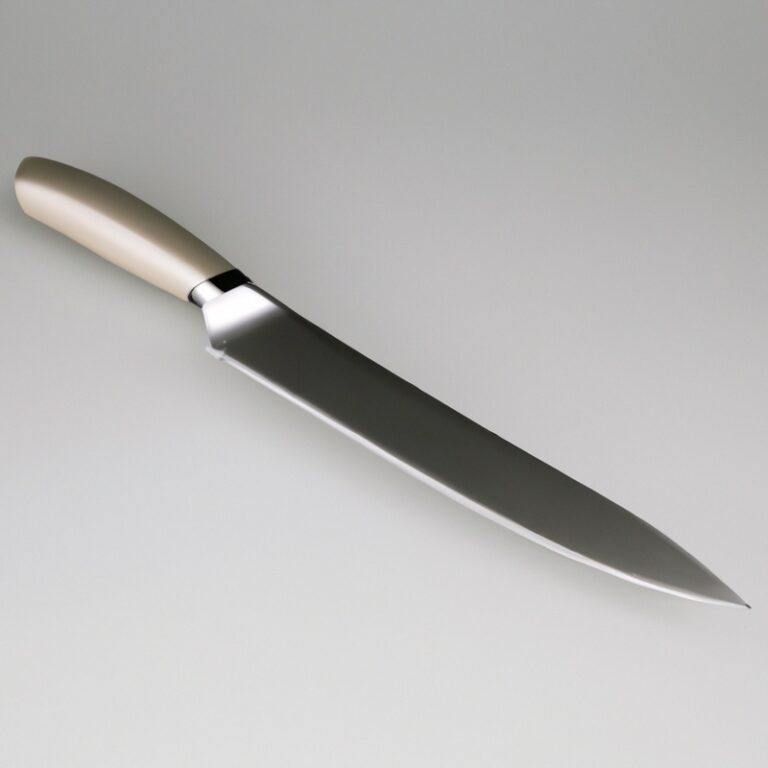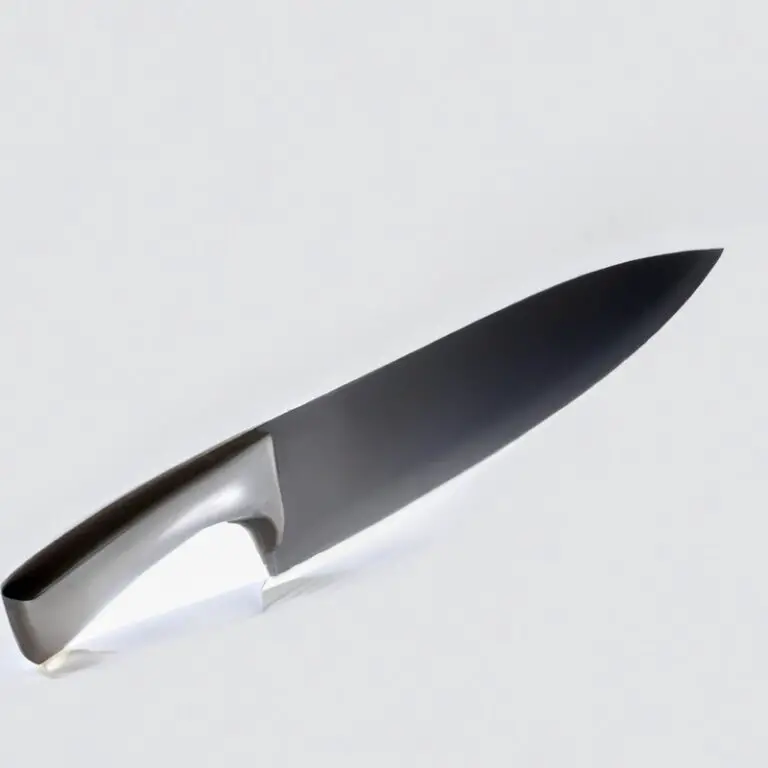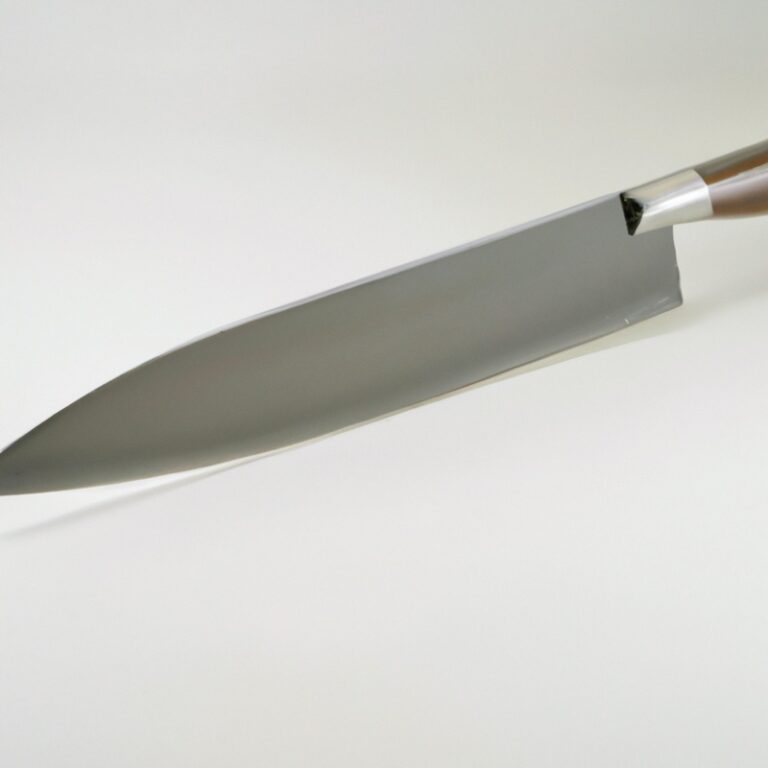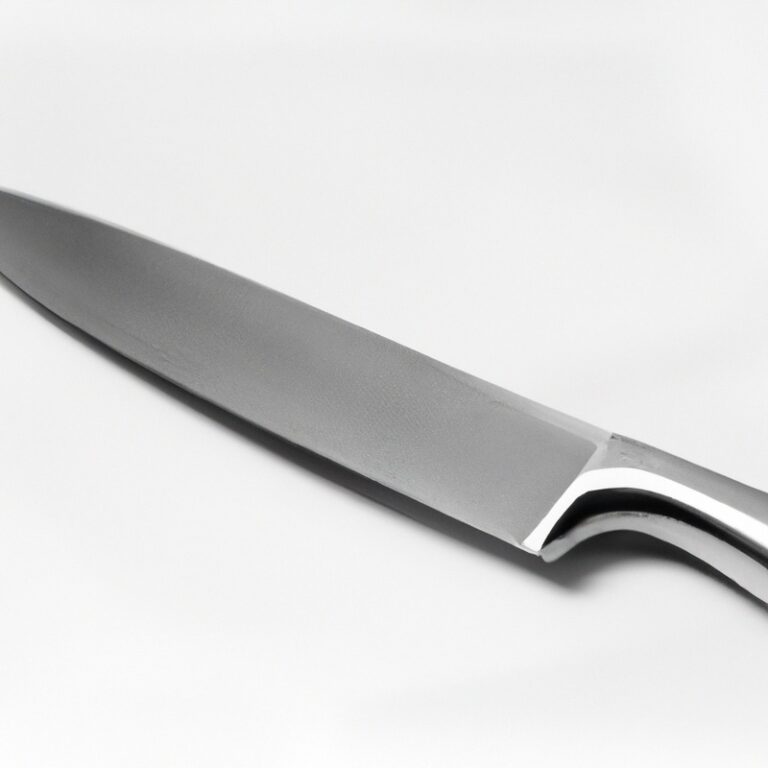What Are The Advantages Of Using a Laminated Blade For Hunting Knives?
Key Takeaways:
- A laminated blade offers increased strength and durability compared to traditional hunting knife blades.
- The layered construction of a laminated blade enhances edge retention, making it ideal for sustained cutting tasks.
- Laminated blades provide better resistance to corrosion and rust, ensuring a longer lifespan for the hunting knife.
- The unique pattern created by the layers in a laminated blade adds aesthetic value to the hunting knife.
Are you tired of your hunting knife dulling and chipping after just a few uses?
Looking for a blade that can withstand the ruggedness of the wilderness and provide exceptional performance?
Look no further than a laminated blade.
As an expert on hunting knives, I can confidently say that using a laminated blade offers a multitude of advantages.
From increased strength and durability to enhanced edge retention and better resistance to corrosion, these blades are designed to withstand the toughest environments.
Not only that, they also offer customization options to suit your specific needs.
In this article, we will explore the advantages of using a laminated blade for hunting knives and compare them to other popular blade types.
Stay tuned to discover how to choose and care for the perfect laminated blade to elevate your hunting experience.
| Advantages of Using a Laminated Blade for Hunting Knives |
|---|
| Better durability and strength |
| Enhanced flexibility |
| Improved edge retention |
| Increased resistance to rust and corrosion |
| Reduced risk of blade chipping or breaking |
Advantages of Using a Laminated Blade for Hunting Knives
Increased Strength and Durability
A laminated blade offers increased strength and durability compared to other types of blades.
The lamination process involves layering different materials together, creating a stronger and more resilient blade.
This construction method enhances the blade’s ability to withstand impacts and resist bending or breaking during heavy use.
Laminated blades are designed to be tough and long-lasting, making them ideal for hunting knives that require durability in diverse outdoor conditions.
Enhanced Edge Retention
Enhanced edge retention is one of the key advantages of using a laminated blade for hunting knives. The layering of different materials in the blade construction helps to increase its hardness and resistance to wear.
This means that the blade is able to maintain its sharpness for longer periods of time, even with repeated use and exposure to tough cutting tasks.
Laminated blades are designed to retain their edge, allowing hunters to rely on their knives for precise and efficient performance in the field.
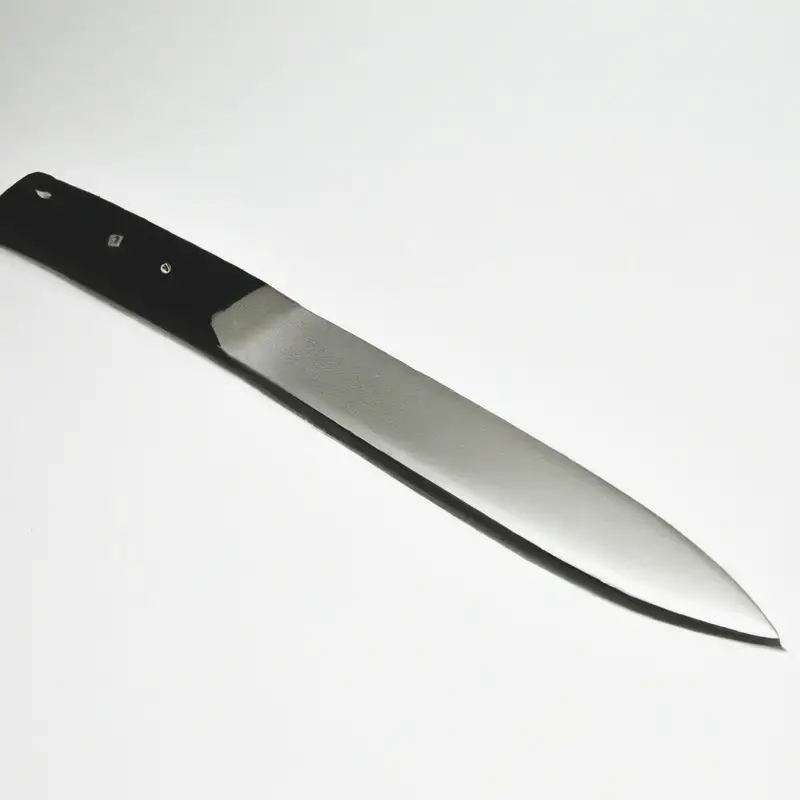
Improved Flexibility
The improved flexibility of a laminated blade is one of its key advantages when it comes to hunting knives. The combination of different steel layers creates a blade that is more resistant to bending and breaking under pressure.
This flexibility allows for better maneuverability and control during various cutting tasks, making it easier to navigate through tough materials or tight spaces.
Additionally, the increased flexibility also contributes to the overall strength and durability of the blade, ensuring that it can withstand the rigors of hunting and outdoor activities.
Better Resistance to Corrosion
One of the advantages of using a laminated blade for hunting knives is its better resistance to corrosion.
With a laminated blade, you can have peace of mind knowing that your knife will be protected against rust and other forms of corrosion, even in wet and humid environments.
The lamination process involves layering different materials together, with some layers specifically designed to provide corrosion resistance.
This ensures that your hunting knife remains in excellent condition, ready for use whenever you need it.
So, whether you’re hunting in the rain or near bodies of water, a laminated blade is a reliable option for corrosion resistance.
Customization Options
Customization options for laminated blades in hunting knives are plentiful.
One of the most notable aspects is the ability to choose different types and patterns of steel for the blade layers.
This allows hunters to create a blade that suits their specific preferences and needs.
Additionally, laminated blades can be customized with unique handle materials, such as wood or synthetic materials, to enhance grip and aesthetics.
Some manufacturers even offer personalized engraving or etching options to further customize the knife.
With these customization choices, hunters can create a truly one-of-a-kind tool for their outdoor adventures.
Comparing Laminated Blades to Other Blade Types
Laminated Blades vs. Stainless Steel Blades
Laminated blades and stainless steel blades are two popular options for hunting knives.
Laminated blades, made up of multiple layers of different types of steel, offer increased strength and durability compared to stainless steel blades.
They also have better edge retention, allowing them to maintain a sharp cutting edge for longer periods of time.
Additionally, laminated blades provide improved flexibility and better resistance to corrosion.
However, stainless steel blades are known for their ease of maintenance and corrosion resistance.
Ultimately, the choice between laminated and stainless steel blades depends on personal preference and the specific needs of the hunter.
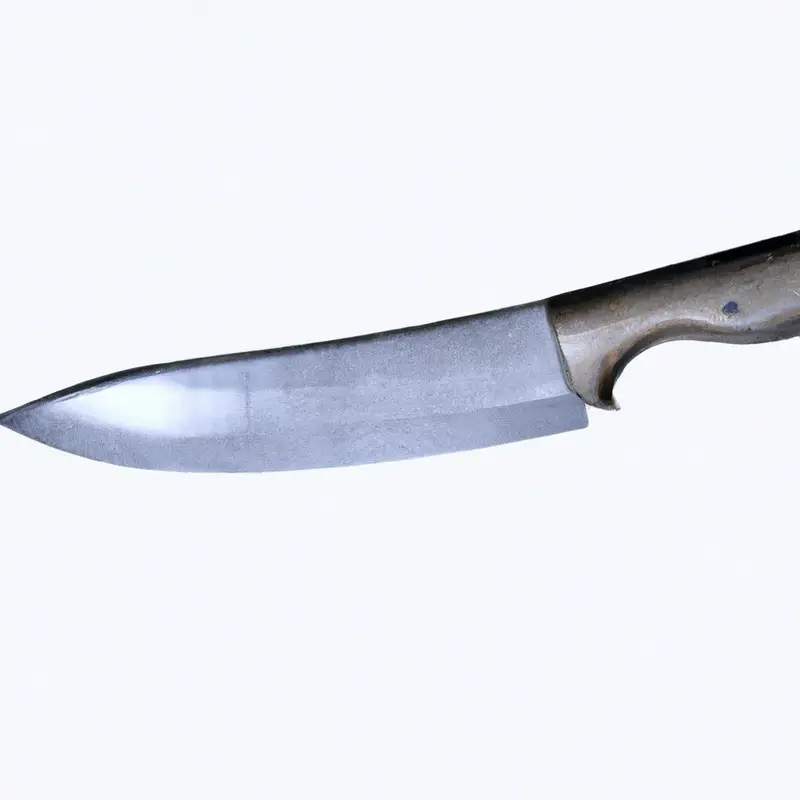
Laminated Blades vs. Carbon Steel Blades
Laminated blades and carbon steel blades are both popular options for hunting knives, each with its own advantages. Laminated blades, which consist of multiple layers of steel, offer increased strength, durability, and edge retention.
They also provide improved flexibility and better resistance to corrosion.
On the other hand, carbon steel blades are known for their exceptional sharpness and ease of sharpening. They may require more maintenance to prevent rusting, but they offer excellent cutting performance.
When choosing between laminated and carbon steel blades, consider your specific needs and preferences, as both options have their own unique benefits.
Maintenance and Care for Laminated Blades
Cleaning and Drying Techniques
Cleaning and drying techniques for laminated blades are essential to maintain their performance and longevity. Here’s what you can do:
- After use, wipe the blade clean with a soft cloth or tissue to remove any debris or moisture.
- Avoid using abrasive materials or harsh chemicals as they can damage the blade’s surface.
- For tougher stains, use a mild soap and water solution to gently clean the blade. Wipe dry immediately afterward.
- To dry the blade thoroughly, use a clean, dry cloth or paper towel. Ensure that no moisture remains on the surface.
- Store the blade in a clean and dry place, away from moisture and humidity.
- Regularly inspect the blade for any signs of rust or corrosion. If spotted, remove it using a rust eraser or fine sandpaper.
- It’s important to follow these cleaning and drying techniques to keep your laminated blade in top condition for your hunting adventures.
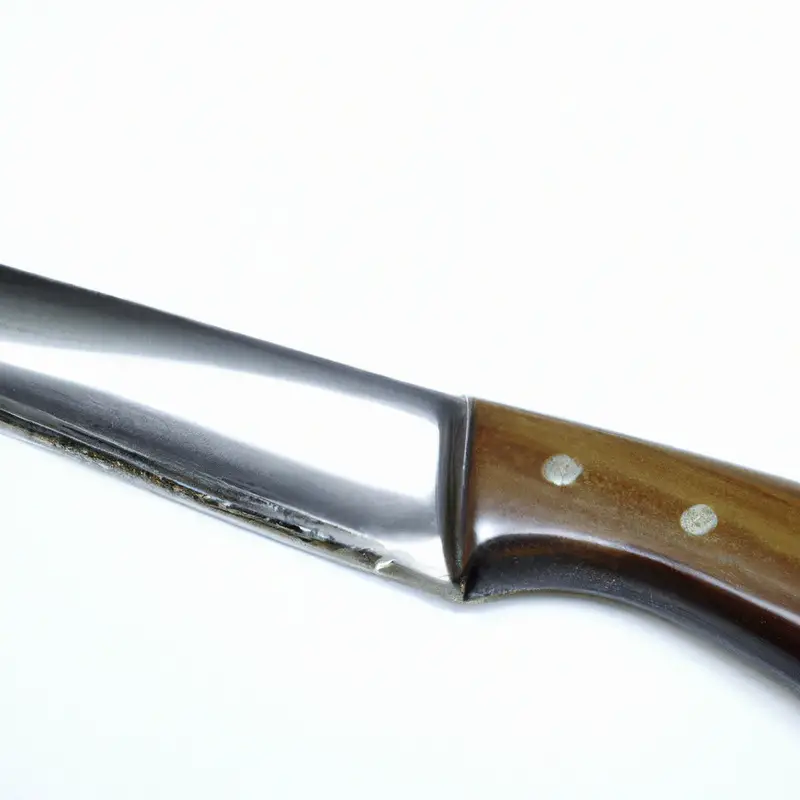
Lubrication and Rust Prevention
To ensure the longevity and performance of your laminated blade hunting knife, lubrication and rust prevention are essential. Applying a lubricant, such as a thin layer of oil, to the blade helps to reduce friction and make it easier to use.
This lubrication also protects the blade from moisture, which can lead to rust formation.
Regularly cleaning and drying the blade, and applying a rust-prevention product, will help prevent corrosion and keep your laminated blade in optimal condition for your hunting adventures.
Sharpening Methods
When it comes to sharpening a laminated blade for a hunting knife, there are a few methods you can use.
One popular option is using a sharpening stone or whetstone.
Simply wet the stone and run the blade along it at a consistent angle.
Another option is using a sharpening rod or honing steel.
Hold the rod vertically and move the blade along it in a sweeping motion.
Additionally, you can use a sharpening system or electric sharpener for a more precise and efficient sharpening process.
Whichever method you choose, remember to maintain a consistent angle and take your time for the best results.
Choosing the Right Laminated Blade for Hunting Knives
Considerations for Hunting Environment
When choosing a laminated blade for your hunting knife, it’s important to consider the specific hunting environment you’ll be in.
Some key considerations include the type of terrain you’ll encounter, the weather conditions, and the type of game you’ll be hunting.
For example, if you’ll be hunting in dense forests, a shorter, more compact blade may be more suitable.
If you’ll be hunting in wet or humid conditions, you’ll want to prioritize a laminated blade with good corrosion resistance.
By taking these factors into account, you can ensure that your laminated blade is well-suited for your hunting environment.
Understanding Different Lamination Techniques
Understanding Different Lamination Techniques is essential when it comes to choosing the right laminated blade for a hunting knife.
Two common techniques are the differential and sandwich methods.
- Differential lamination involves forge-welding different types of steel together, resulting in a blade with a hard cutting edge and a flexible spine.
- Sandwich lamination combines a high-carbon steel core with outer layers of lower-carbon steel for enhanced strength and durability.
By understanding these techniques, you can select a laminated blade that suits your specific needs and preferences.
Evaluating Handle Materials and Ergonomics
When evaluating handle materials and ergonomics for hunting knives, there are a few key factors to consider. Firstly, the material of the handle should be durable and provide a secure grip, even in wet or slippery conditions.
Common options include wood, rubber, and synthetic materials like G10 or Micarta.
Secondly, ergonomics play a crucial role in comfort and control. The handle should fit comfortably in your hand, with no sharp edges or uncomfortable pressure points.
Additionally, the shape and design of the handle should allow for a natural and intuitive grip.
By considering these factors, you can choose a hunting knife with a handle that enhances your overall experience in the field.
Final Verdict
Using a laminated blade for hunting knives offers a multitude of advantages that make it an excellent choice for hunters.
The increased strength and durability, enhanced edge retention, improved flexibility, and better resistance to corrosion make laminated blades highly reliable and long-lasting.
Additionally, the customization options available allow hunters to tailor their knives to their specific needs and preferences.
When compared to other blade types, laminated blades excel in terms of performance and longevity.
With proper maintenance and care, these blades can provide hunters with exceptional cutting power for many seasons to come.
So, if you’re looking to invest in a hunting knife, a laminated blade is definitely worth considering.

